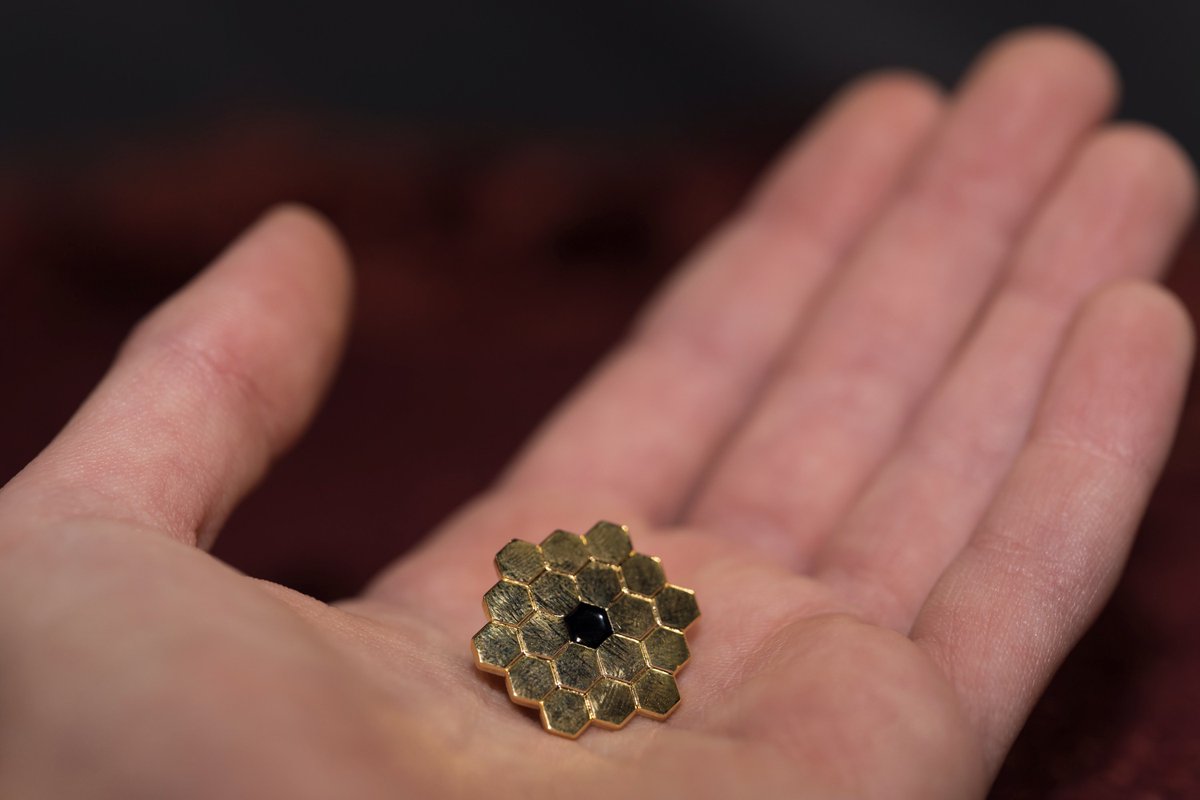
I think it is time to really wrap our heads around the notion that we may soon have a fully operational giant infrared space telescope. #JWST
https://twitter.com/nasawebb/status/1478412564983959553
Of course, there are still critical activities remaining, and much work to do. We are not there yet!
But for those of us who have been preparing for so long, and for those who have kept smiling and trucking through the delays and jokes, this feels like a very special day.
• • •
Missing some Tweet in this thread? You can try to
force a refresh







